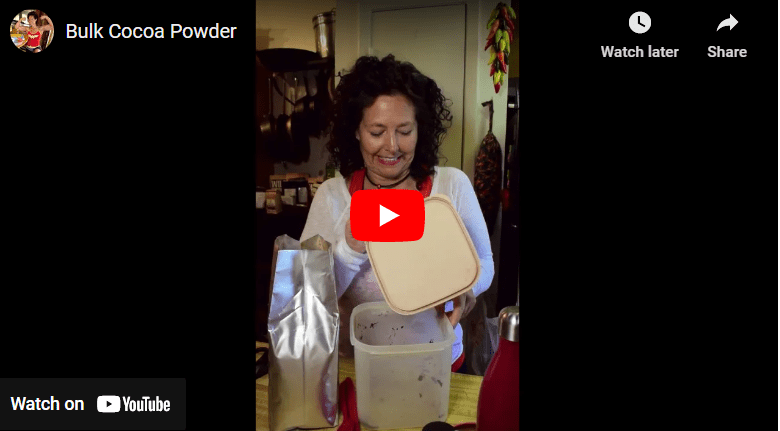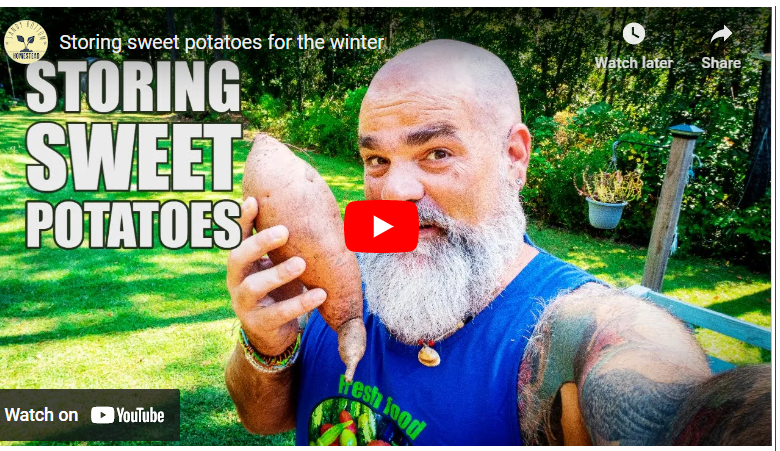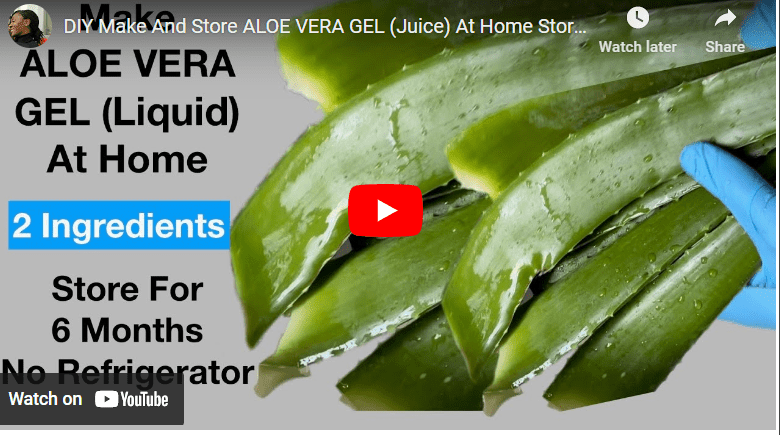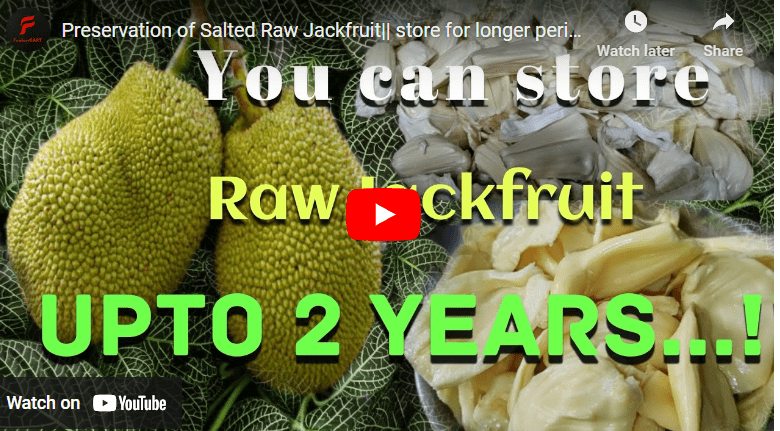Cocoa is an essential ingredient in the chocolate and confectionery industry, making its preservation a critical aspect of the cocoa supply chain. Proper storage of cocoa is essential to maintain its quality, flavor, and aroma, as well as to prevent spoilage and contamination.
With the increasing demand for cocoa and the need for long-term storage solutions, it is essential to understand the factors that affect cocoa storage and the best practices for preserving cocoa for extended periods.
To preserve cocoa for long-term storage, store it in an airtight container in a cool, dry place away from direct sunlight. Make sure to check the expiration date on the package before using it. Cocoa can last up to 2 years if stored properly. If you want to extend the shelf life of cocoa, you can also freeze it for up to 6 months.
How To Preserve Cocoa For Long-Time Storage
Cocoa is a tropical plant that produces cocoa beans, which are used to make chocolate, cocoa powder, and other cocoa-based products.
It is primarily grown in West Africa, Latin America, and Asia. Cocoa beans are harvested, fermented, dried, roasted, and processed to extract the cocoa solids and cocoa butter that form the basis of chocolate.
Read Also: How To Preserve Aloe Vera For Long-Time Storage
Cocoa is a significant export commodity in many developing countries and is consumed worldwide as a popular ingredient in confectionery, bakery, and beverage products.
Whether you are a cocoa farmer, a chocolate maker, or a cocoa supplier, this guide will help you maintain the quality and integrity of your cocoa beans for extended periods.
Step-By-Step Guide for Preserving Cocoa For Long-Term Storage
Let’s explore the step-by-step instructions for preserving cocoa for long-term storage.
Step 1: Sorting and Cleaning Cocoa Beans
Before storing your cocoa beans, it is important to sort and clean them thoroughly. Remove any debris or foreign materials from your beans, and ensure that they are all uniform in size and shape. This step is critical to prevent contamination and to ensure that your beans roast evenly.
Read Also: How To Preserve Apple for Long-Time Storage
Step 2: Roasting
Roasting is a crucial step in cocoa processing that can significantly impact the flavor and aroma of your beans. Roast your beans at the appropriate temperature and duration to achieve the desired flavor profile. Once your beans are roasted, allow them to cool down to room temperature before proceeding to the next step.
Step 3: Cooling and Grinding
After roasting, it is essential to cool your cocoa beans down to room temperature to prevent condensation and mold growth. Once your beans have cooled down, grind them into small pieces. This step is critical to increase the surface area of your beans and to facilitate proper packaging.
Step 4: Packaging
Packaging is a critical step in preserving cocoa for long-term storage. Choose packaging materials that can protect against oxygen and moisture, such as airtight bags, vacuum-sealed containers, or moisture-resistant packaging. Fill your packaging with ground cocoa beans, leaving some space for air, and seal them tightly.
Read Also: How To Preserve Avocado For Long Time Storage
Step 5: Storage Methods For Preserving Cocoa
Now that you have prepared your cocoa beans for long-term storage, it is important to consider the storage methods that will help you preserve the quality and freshness of your beans.
There are two main storage methods to consider: ambient storage and cold storage.
Ambient storage
Ambient storage involves storing your cocoa beans at room temperature in a dry, cool, and well-ventilated space.
This method is ideal for short-term storage of up to six months. Make sure that your storage space is free from direct sunlight and heat sources, as this can cause your beans to spoil or degrade quickly.
Read Also: How To Preserve Beans For Long Time Storage
Cold storage
Cold storage involves storing your cocoa beans in a temperature-controlled environment, such as a refrigerator or freezer.
This method is ideal for long-term storage of up to one year or more. However, it is important to note that cold storage can cause condensation and mold growth if not done correctly.
By following these steps, you can ensure that your cocoa beans are properly sorted, roasted, cooled, ground, and packaged for optimal quality and longevity.
Factors That Affect Cocoa Storage
As you prepare to store your cocoa beans, it is important to understand the factors that affect cocoa storage. There are two main categories of factors to consider: environmental factors and processing/packaging factors.
Read Also: How To Preserve Cabbage For Long Storage
Environmental Factors
Environmental factors such as temperature and humidity can significantly impact the quality and shelf life of your cocoa beans.
High temperatures can cause cocoa beans to spoil or degrade quickly, while low temperatures can cause condensation and mold growth.
Humidity can also contribute to mold growth and spoilage, so it is essential to store cocoa beans in a dry environment.
Processing And Packaging Factors
Processing and packaging factors also play a critical role in cocoa storage. The roasting process, for example, can affect the flavor and aroma of cocoa beans, and improper packaging can lead to contamination or spoilage.
It is essential to consider these factors when preparing cocoa beans for long-term storage.
Read Also: How To Preserve Carrot For Long Time Storage
Over-Roasting
Roasting is a critical step in cocoa processing, and it is important to roast your beans properly to ensure optimal quality and longevity.
Over-roasting can lead to burnt flavors and aromas, while under-roasting can result in an unappetizing raw taste.
It is important to experiment with different roasting times and temperatures to find the ideal combination for your beans.
Packaging Materials
Packaging materials are also crucial to consider when storing cocoa beans. Oxygen and moisture can cause beans to spoil, so it is important to choose packaging materials that can protect against these elements.
Common packaging options include airtight bags, vacuum-sealed containers, or moisture-resistant packaging.
Best Practices For Maintaining Cocoa Quality During Storage
Preserving the quality of your cocoa beans during storage is essential to ensure that they maintain their flavor and aroma. Here are some best practices to follow for maintaining cocoa quality during storage:
Store In A Cool And Dry Place
Temperature and humidity are critical factors that can affect the quality of your cocoa beans. Store your beans in a cool and dry place, away from direct sunlight and heat sources.
Use Appropriate Packaging
Choosing the right packaging materials is crucial for maintaining the quality of your cocoa beans during storage. Use airtight bags, vacuum-sealed containers, or moisture-resistant packaging to protect against oxygen and moisture.
Avoid Contamination
Ensure that your storage space is clean and free from any contaminants that can affect the quality of your cocoa beans. Store your beans away from any materials that can produce strong odors.
Monitor Regularly
Check your cocoa beans regularly for any signs of spoilage, such as mold growth, off-flavors, or discoloration. Discard any beans that do not meet your quality standards.
Use Within The Recommended Shelf Life
Cocoa beans have a limited shelf life, even when stored properly. Use your beans within the recommended shelf life to ensure that they maintain their quality and flavor.
Advantages of Preserving Cocoa For Long Time Storage:
Extended Shelf Life
By preserving cocoa for long-term storage, you can extend the shelf life of your beans for up to one year or more, allowing you to use them at your convenience.
Cost-Effective
Buying cocoa beans in bulk and preserving them for long-term storage can be more cost-effective than buying small amounts of beans frequently.
Flavor and Aroma Preservation
Properly stored cocoa beans retain their flavor and aroma for extended periods, providing you with fresh and delicious cocoa for your culinary creations.
Availability
Preserving cocoa for long-term storage ensures a steady supply of beans even during the off-season when cocoa beans may be scarce.
Versatility
Preserved cocoa beans can be used in various culinary applications, including baking, cooking, and making chocolate, providing a versatile ingredient for your kitchen.
Disadvantages of Preserving Cocoa For Long-Time Storage:
Quality Degradation: Improper storage and handling can lead to quality degradation of cocoa beans, resulting in off-flavors, mold growth, and other spoilage issues.
Cost of Storage
Proper storage facilities, such as refrigerators and freezers, can be expensive to purchase and maintain, adding to the overall cost of preserving cocoa beans.
Risk of Contamination
Improperly stored cocoa beans are susceptible to contamination by pests, insects, and other microorganisms, compromising their safety and quality.
Loss of Nutritional Value
Long-term storage can lead to a loss of nutritional value in cocoa beans, including a decrease in antioxidants, vitamins, and minerals.
Limited Variety
Preserving cocoa beans for long-term storage may limit your variety of beans, as some cocoa beans may not store well or may not be available in large quantities.
How Long Does Vacuum-Sealed Chocolate Last
Vacuum-sealed chocolate can last for up to two years or longer if stored in a cool, dry place away from direct sunlight and heat sources.
However, it’s essential to note that vacuum sealing doesn’t completely prevent the chocolate from oxidizing or going stale over time.
Therefore, it’s crucial to use your senses to determine if the chocolate is still fresh and suitable for consumption.
How To Store Cocoa Powder Long Term
To store cocoa powder long-term, you should store it in an airtight container in a cool, dry place away from moisture, heat, and direct sunlight.
Furthermore, you can add silica gel packets to the container to absorb any excess moisture and prevent the cocoa powder from clumping.
How To Preserve Cocoa Beans
To preserve cocoa beans, you should sort and clean them to remove any foreign materials, roast them to bring out the flavor and aroma, and store them in an airtight container in a cool, dry place away from direct sunlight and heat sources.
More so, you should avoid exposing the beans to moisture, as it can cause mold growth and spoilage.
How To Keep Cocoa Powder Fresh Longer
To keep cocoa powder fresh longer, you should store it in an airtight container in a cool, dry place away from moisture and heat sources.
Additionally, you can add a few grains of uncooked rice to the container to absorb any excess moisture and prevent the cocoa powder from clumping.
It’s essential to avoid exposing the cocoa powder to air, as it can cause oxidation and spoilage.
Conclusion
In conclusion, preserving cocoa for long-term storage requires careful consideration of several factors, including sorting and cleaning, roasting, grinding, packaging, storage method, and best practices for maintaining quality.
By following the step-by-step instructions and best practices outlined in this article, you can ensure that your cocoa beans remain fresh and flavorful for extended periods.




